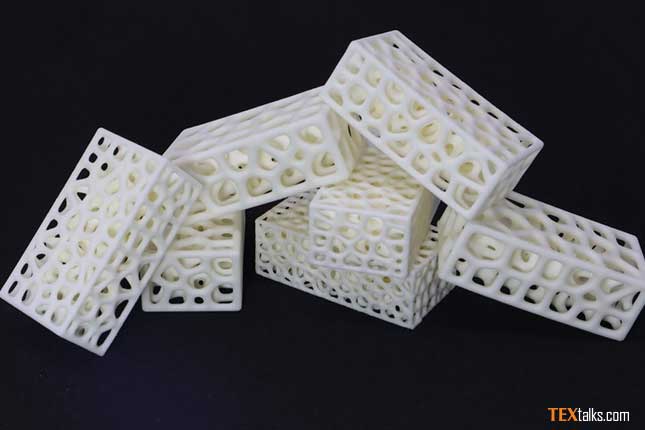3D printing has been revolutionary for prototyping parts; as it can produce lighter, stronger, and more complex than those produced through traditional manufacturing methods. Today, 3-D printing has been used mainly for prototyping and low volume production of specialized parts.
Actually, 3D printing starts by making a virtual design of design of the object. This virtual design is made from a program (such as CAD) to make a 3D modeling program form a sketch. Now the multi-material printing object is a concern in modern printing technology that radically disrupts production processes in a variety of industries.
As the new changes are coming in fashion trend, so the artificial intelligence and multi-material object have to be applied in modern printing vision.
The technical challenge of transformation in 3-D printing object
The most advanced 3D printers today have difficulty getting close to surface finish quality that we have to expect in customer products. That’s due to the materials and nature of the printing process, which relies on laying down successive layers of material.
But 3D printing itself has largely remained unsuitable for actual production. There are three major reasons for that: 3D printing is relatively slow, relatively expensive per unit, and doesn’t match the quality of traditional manufacturing processes like injection molding.
Several technical challenges must be overcome before 3-D printing transforms the production of most devices.
Most 3-D printers are an open-loop system, which means they don’t receive any feedback about their output and can’t correct errors. The use of computer vision has to be combined with machine learning to monitor the print job as it is happening and fixing the errors in real-time. The improvements of quality in prints, particularly with materials that are traditionally difficult to 3-D print the flexible materials.
When it is transformed into a physical model from the virtual model, it is sliced into hundreds or thousands of horizontal layers in preparation for printing. The prepared file thus uploaded in 3-D printer, the printer has to create layer by layer and proceed to create object layer by layer. When the object is being printed, the vision system has to scan comprehensively each layer of the object to correct errors in real-time.
A new initiative of modern solution in 3D printer
Now Inkbit, a startup out of MIT, is working to bring all benefits of 3-D printing to a slew of products that have never been printed before- and it’s aiming to do so at volumes that would radically disrupt production processes in a variety of industries.The industrial 3D printer developed by Inkbit is a multi-material machine capable of printing extremely flexible materials with great accuracy.
 Inkbit’s multi-material inkjet printer is equipped with machine vision and machine learning systems. This printer machine provides the function – The machine vision system is equipped with machine vision and machine learning systems.The machine vision system scans each layer that is being printed and corrects errors in real-time.
Inkbit’s multi-material inkjet printer is equipped with machine vision and machine learning systems. This printer machine provides the function – The machine vision system is equipped with machine vision and machine learning systems.The machine vision system scans each layer that is being printed and corrects errors in real-time.
Additionally, the machine learning system uses this information to predict the warping behavior of the material.Commercially available printers generally offer only high speed, high precision, or high-quality materials. Rarely do they offer all three, limiting their usefulness as a manufacturing tool.
The vision system comprehensively scans each layer of the object as it is being printed to correct errors in real-time, while the machine-learning system uses that information to predict the warping behavior of materials and make more accurate final products.
“The company was born out of the idea of endowing a 3D printer with eyes and brains,” says Inkbit co-founder and CEO Davide Marini Ph.D.
That idea unlocks a range of applications for Inkbit’s machine. The company says it can print more flexible materials much more accurately than other printers.
If an object, including a computer chip or other electronic component, is placed on the print area, the machine can precisely print materials around it. And when an object is complete, the machine keeps a digital replacement that can be used for quality assurance.
The system is designed to allow users to prototype and manufacture new objects on the same machine. Inkbit’s current industrial printer has 16 print heads to create multi-material parts and a print block big enough to produce hundreds of thousands of fist-sized products each year (or smaller numbers of larger products).
The machine’s contactless inkjet design means increasing the size of later iterations will be as simple as expanding the print block.



